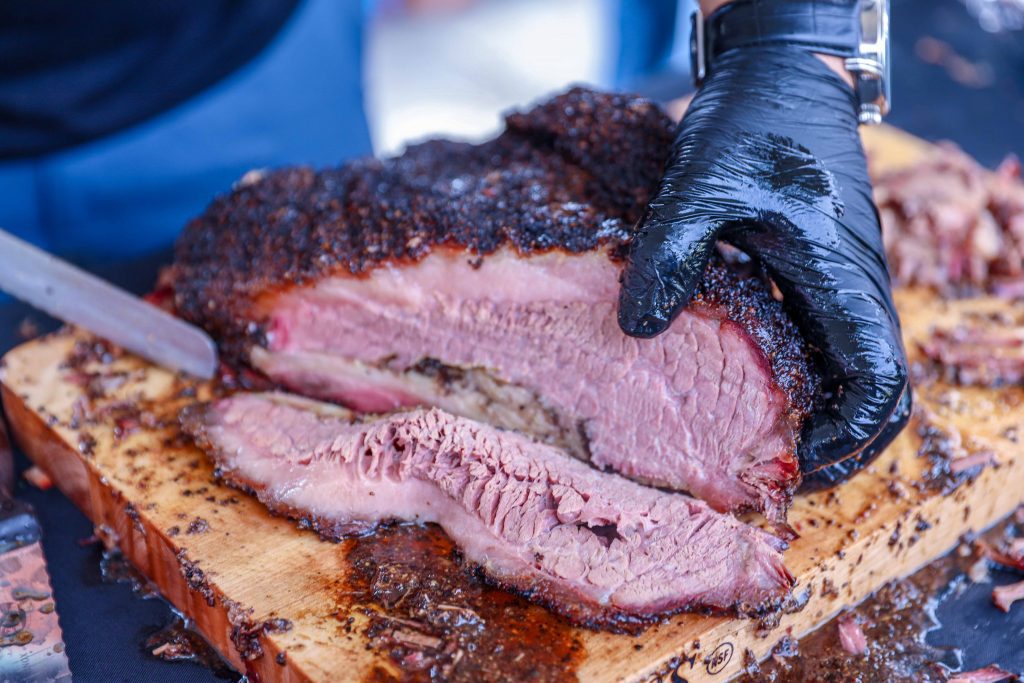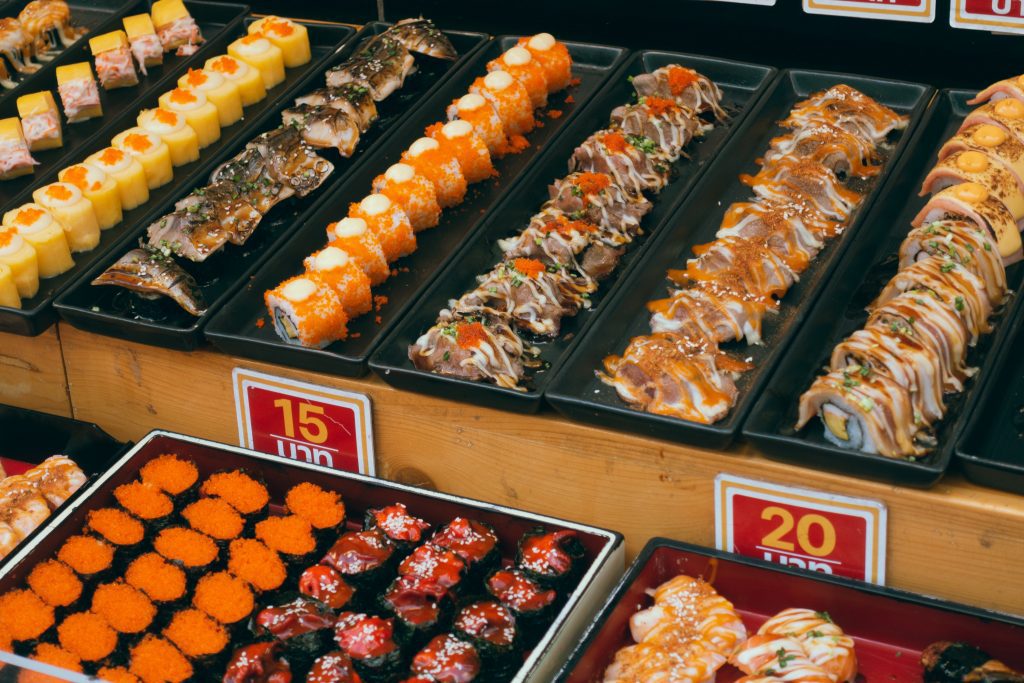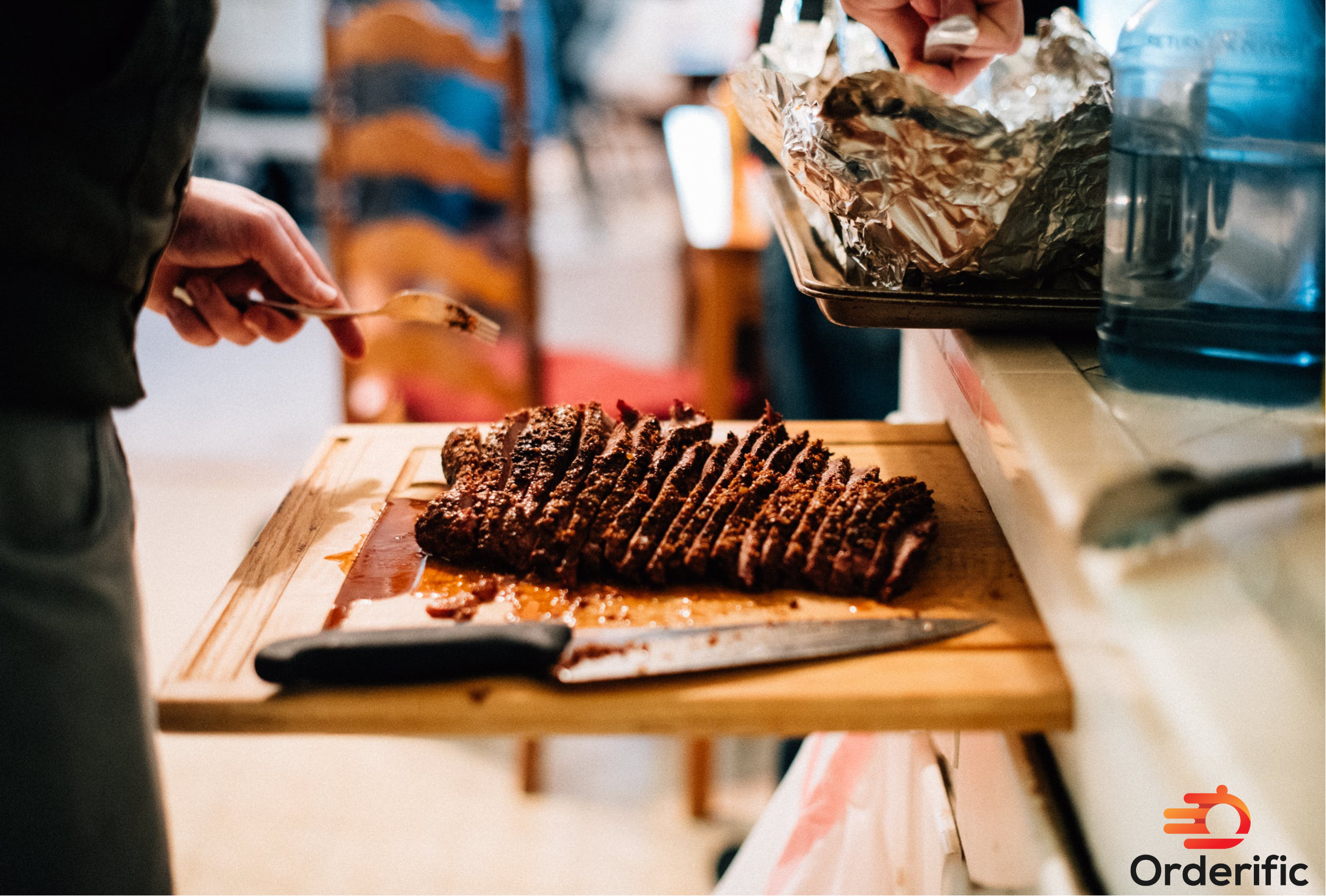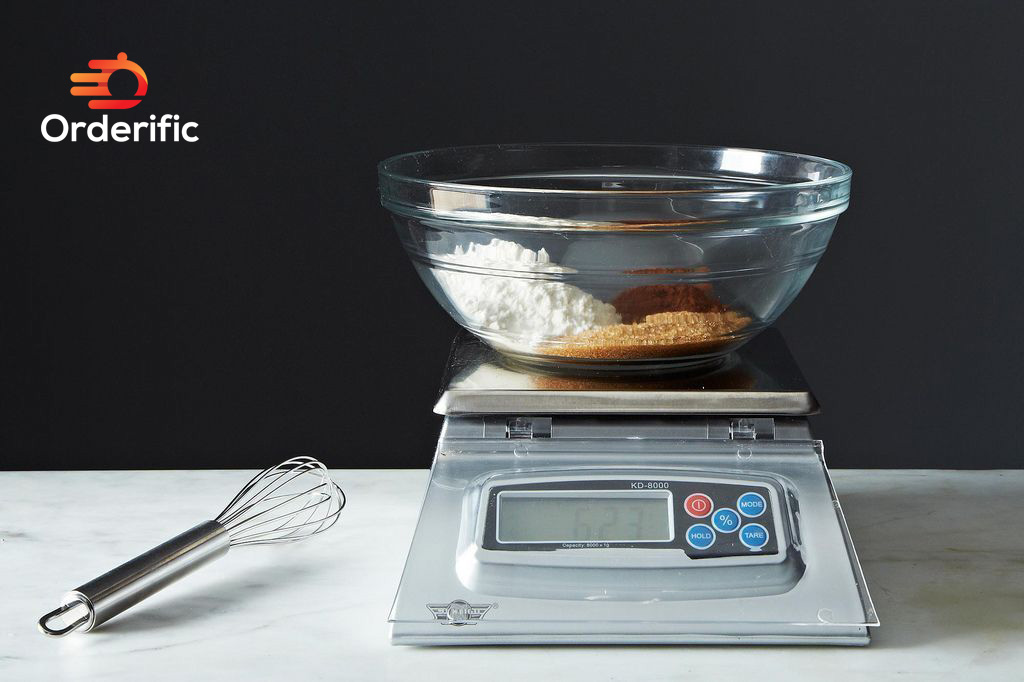Introduction
In the dynamic culinary world, brisket, the savory meat delight, often takes center stage, particularly in North America. A close look at its wholesale price trends reveals a fascinating narrative. While many tend to compare Brisket Prices with filet or pink salmon, the cost considerations tell a different tale. For instance, the Copper River’s salmon producer, Obi Seafoods, has been striving to keep the retail price of pink salmon competitive while managing concerns about sea lice.
Meanwhile, the hearty Alaskan seafood industry contributes to the narrative with its Bristol Bay fishermen and the Alaska Peninsula’s commercial fishermen. They’re dealing with the base price, retail, and wholesale price intricacies, even as the pickup of their product fluctuates. As we unpack this narrative, it’s clear that the world of brisket—and indeed, all meat—is as layered and complex as the flavors of the dishes they inspire. Whether you’re looking to buy per kilo or kilogram, understanding these trends can lead to more informed decisions and, perhaps, lower prices. So, let’s dive into the world of brisket prices.
Restaurant Brisket Price Trends
A POS Platform Built To Grow With Your Restaurant
In the bustling world of food service, having a robust Point of Sale (POS) system is critical for managing operations efficiently, particularly for restaurants serving mouth-watering brisket. The right POS platform can make a significant difference in managing wholesale prices and tracking food cost trends. It can streamline inventory management, helping you keep tabs on your brisket, filet, or pink salmon stock and allowing you to adjust your menus and prices based on market trends and availability. Moreover, a high-tech POS system can enhance customer experience by speeding up the ordering and payment processes. As your restaurant grows, your POS system should be able to scale with you, accommodating your expanding business needs without missing a beat. Choosing a POS system that produces with your restaurant simplifies your operations and positions your business for sustained success and growth. It’s a tool and a partner in your restaurant’s journey.

Want To See Toast In Action?
If you’re intrigued by how Toast’s POS system can revolutionize your restaurant’s operations, it’s time to see it in action. Our intuitive system can streamline everything from inventory management of key ingredients, like brisket, filet, and pink salmon, to tracking wholesale price trends, providing a comprehensive solution for your bustling food service business. Toast’s POS isn’t just about managing operations; it also enhances the customer experience by offering quick, hassle-free ordering and payment options. Don’t just take our word for it, though. We invite you to witness the power and convenience of Toast firsthand. So why wait? Discover today how Toast can partner with you in your restaurant’s journey towards sustained success and growth.
Besides Being Beef, What Exactly Is Brisket
History Of Brisket In Texas Barbecue
The history of brisket in Texas barbecue is a fascinating tale that dates back to the 19th century. It was a time when Texas cowboys drove cattle across the state, and beef was plentiful. Brisket, a tough and relatively inexpensive cut, was often overlooked in favor of more tender cuts. But the cowboys, resourceful as they were, discovered that slow cooking over low heat could transform this otherwise tough piece of meat into a tender, flavorful delight. As the aroma of smoked brisket wafted through the air, it soon became synonymous with Texas and cowboy culture.
Barbecuing brisket is no small feat—it’s an exercise in patience and precision. The smoking process, which can take up to 18 hours, requires constant attention to maintain the perfect temperature and smoke level. But the effort is well worth the result: a juicy, tender brisket with a smoky crust known as a ‘bark,’ layered with flavors that are deeply ingrained in the fabric of Texas barbecue culture.
Over time, this humble cut of beef has gained prominence, and today, Texas-style brisket is renowned worldwide. Whether it’s served in a thick slice, shredded in a sandwich, or accompanied by traditional sides like potato salad and coleslaw, brisket is undeniably the star of Texas barbecue. It’s not just a dish; it’s a testament to Texan ingenuity and the spirit of cowboy culture, a piece of history served on a plate, connecting the past with the present.
Texas Doesn’t Own All Rights To Brisket — Not Even BBQ Brisket
While Texas might be the birthplace of barbecue brisket, it doesn’t hold exclusive rights to this succulent cut of meat. Many other regions have adopted and adapted brisket in their own unique ways, adding a delightful diversity to its culinary repertoire. Take Kansas City, for example, where their style of barbecue is famous for its sweet, thick, tomato-based sauce that adds a contrasting flavor to the smoky meat. Or consider the Jewish delis of New York City, where brisket is prepared as corned beef or pastrami, cured, smoked, and then steamed to perfection.
Even countries outside the U.S have their own take. In Korea, brisket is a popular choice for ‘bulgogi’, a dish where it’s marinated in a mixture of soy sauce, sugar, sesame oil, garlic, and pepper, then grilled or pan-fried. Far from the smokehouses of Texas, these variations of brisket preparation showcase the cut’s versatility and universal appeal. Herein lies the beauty of brisket—it’s a canvas for flavors, adaptable to various cooking methods and regional influences while always remaining the star of the show.
Understanding USDA, Prime, And Other Beef Ratings
Understanding the USDA, Prime, and other beef ratings is essential when purchasing brisket, filet, or pink salmon for your restaurant. The U.S. Department of Agriculture (USDA) uses a grading system to rate meat quality based on factors such as marbling (fat distribution), color, texture, and age of the animal. Here’s a breakdown:
- USDA Prime: This is the highest quality of beef available. It has abundant marbling, is incredibly tender, juicy, and well-flavored. Only about 2-3% of beef in the U.S. qualifies as Prime, making it a premium choice for steakhouses and fine dining establishments.
- USDA Choice: A step down from Prime, USDA Choice beef has less marbling but is still high-quality meat. It’s tender, juicy, and flavorful, although slightly less so than Prime.
- USDA Select: USDA Select is leaner than Prime and Choice because it has less marbling. It’s fairly tender but may lack some of the juiciness and flavor of the higher grades.
These ratings ensure you know the quality of meat you’re purchasing and can guide you in choosing the right cuts for your restaurant. Pairing the best grade of meat with your expert preparation methods can result in dishes that are truly remarkable, offering your patrons an unforgettable dining experience.

Start Tracking Beef Brisket Prices Today
Restaurant News, Advice, And Stories — Right In Your Inbox.
In the fast-paced and ever-evolving world of the food service industry, staying informed is key to success. Whether it’s the latest in brisket, filet, or pink salmon price trends, updates on local and global culinary events, or inspiring stories from successful restaurateurs, our newsletter delivers it all straight to your inbox.
One critical area we focus on is offering actionable advice for restaurant owners. This could range from tips on inventory management, leveraging a POS system, to selecting the right cuts of meat. Advice from industry veterans on how to navigate and adapt to market fluctuations, or how to create an engaging and memorable dining experience for customers, can be invaluable in this highly competitive industry.
We also believe in the power of storytelling. Our newsletter features inspiring stories of success, innovation, and resilience from restaurants across the globe. Learn how a small-town Texas BBQ joint became a world-renowned destination, or how a New York deli carved a niche for itself with its delectable brisket pastrami. These stories serve as both inspiration and a source of learning for anyone in the food service industry.
Restaurant Invoice Automation Guide
In the fast-paced world of restaurant operations, efficiency is paramount. Automating routine tasks, such as invoicing, can immensely contribute to this efficiency. Consider the case of managing invoices for your supplies of brisket, filet, and pink salmon. The traditional way of handling invoices—receiving paper bills, manually entering data, and filing them away—is time-consuming and prone to errors.
Enter automation. With automated invoicing systems, you can digitize and streamline this process. It not only saves time and reduces errors but also allows for easy tracking and real-time insights into your expenditure.
Moreover, automated invoice processing can make it easier to manage your relationships with suppliers. With everything digitized, it is easier to spot discrepancies, track payments, and ensure timely settlements. This can help you maintain good relationships with your suppliers, ensuring a steady supply of quality ingredients for your restaurant.
Conclusion
In conclusion, understanding the dynamics of brisket prices, alongside that of other meats such as filet and pink salmon, is critical in running a successful restaurant. From Texas BBQ joints to New York delis, brisket’s versatility and universal appeal make it a favorite among chefs and patrons alike. Factors like beef grading, the efficient use of a robust POS system, and invoice automation play a significant role in managing your restaurant’s operations and food cost trends. Most importantly, staying updated with the latest market trends and industry news can give your establishment a competitive edge. At Orderific, we understand the intricacies of the food service industry and are committed to providing comprehensive solutions that cater to your specific needs. Whether you need assistance with inventory management, tracking price trends, or automating invoices, we’ve got you covered. Ready to discover how Orderific can revolutionize your restaurant’s operations? Schedule a demo today.
FAQs
How do brisket prices vary based on factors like quality and demand?
Brisket prices vary based on quality (USDA rating) and demand, with higher quality and demand leading to higher prices.
What are some popular dishes that incorporate brisket?
Brisket is commonly used in Texas-style barbecue, corned beef, pastrami, and Korean bulgogi.
How can restaurants and consumers stay informed about current brisket prices?
Restaurants and consumers can stay informed about current brisket prices by subscribing to industry newsletters, tracking food cost trends online, or using technology like POS systems.
Are there seasonal trends that impact brisket prices?
Yes, brisket prices can fluctuate based on seasonal demand and supply trends.













